In Artinis NIRS blog, you will find the latest trends in (f)NIRS, NIRS studies and applications, tutor from the leaders of near infrared spectroscopy, not to mention detailed insights and tips and tricks for your research!
Search blog post topic
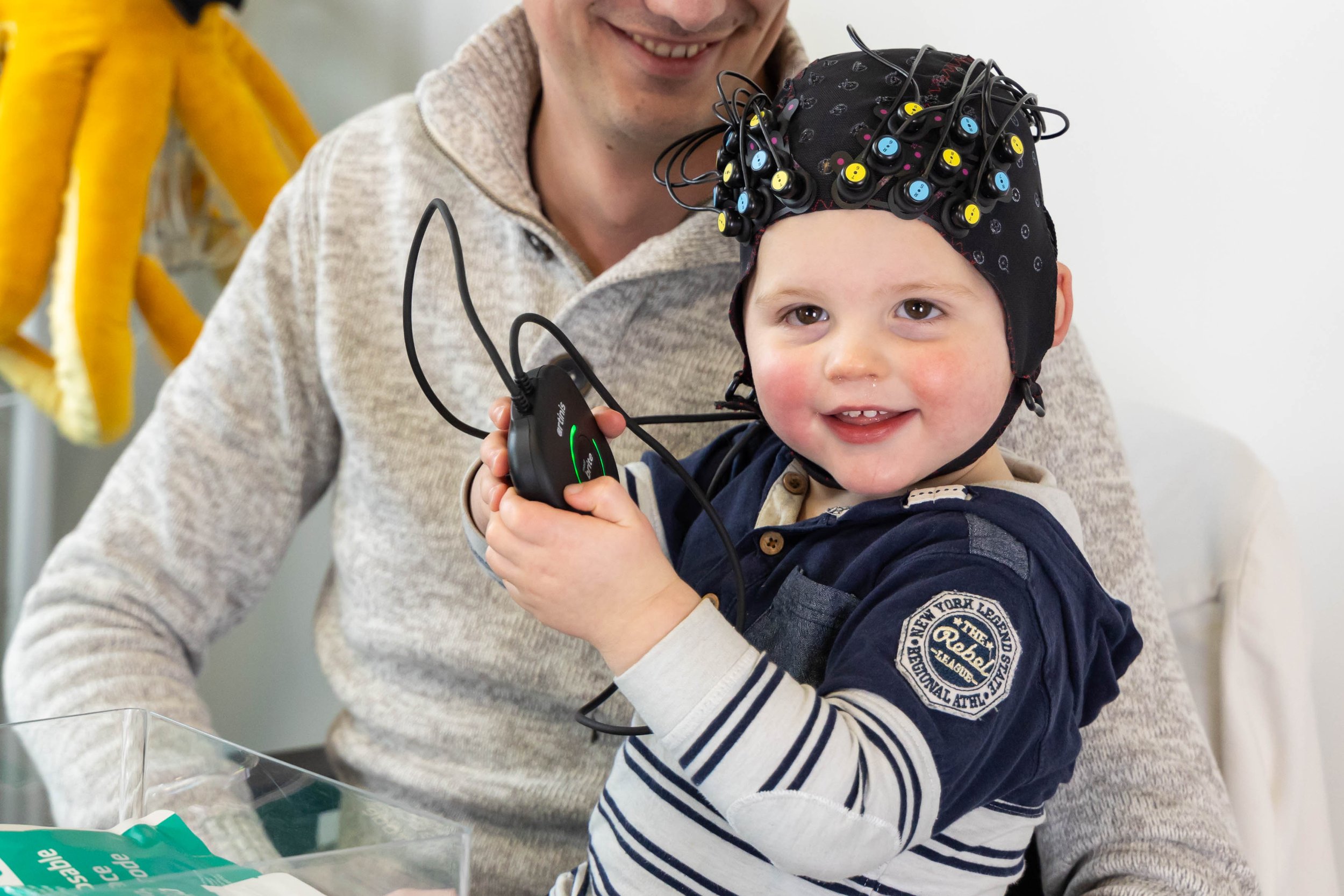
Comparison of fNIRS with other neuroimaging modalities – fNIRS vs. fMRI
fMRI is widely used and seen as the gold standard in non-invasive in-vivo brain imaging. However, due to its technology, it is comes with certain limitations in participant groups and experiments. fNIRS is portable, easy to use and can be applied in subjects of all ages. Hence, it can provide a valid alternative to fMRI in many applications. In this blogpost we discuss advantages that fNIRS has over fMRI, considerations that should be kept in mind and we highlight literature using fNIRS and fMRI to compare, or get complementary information.
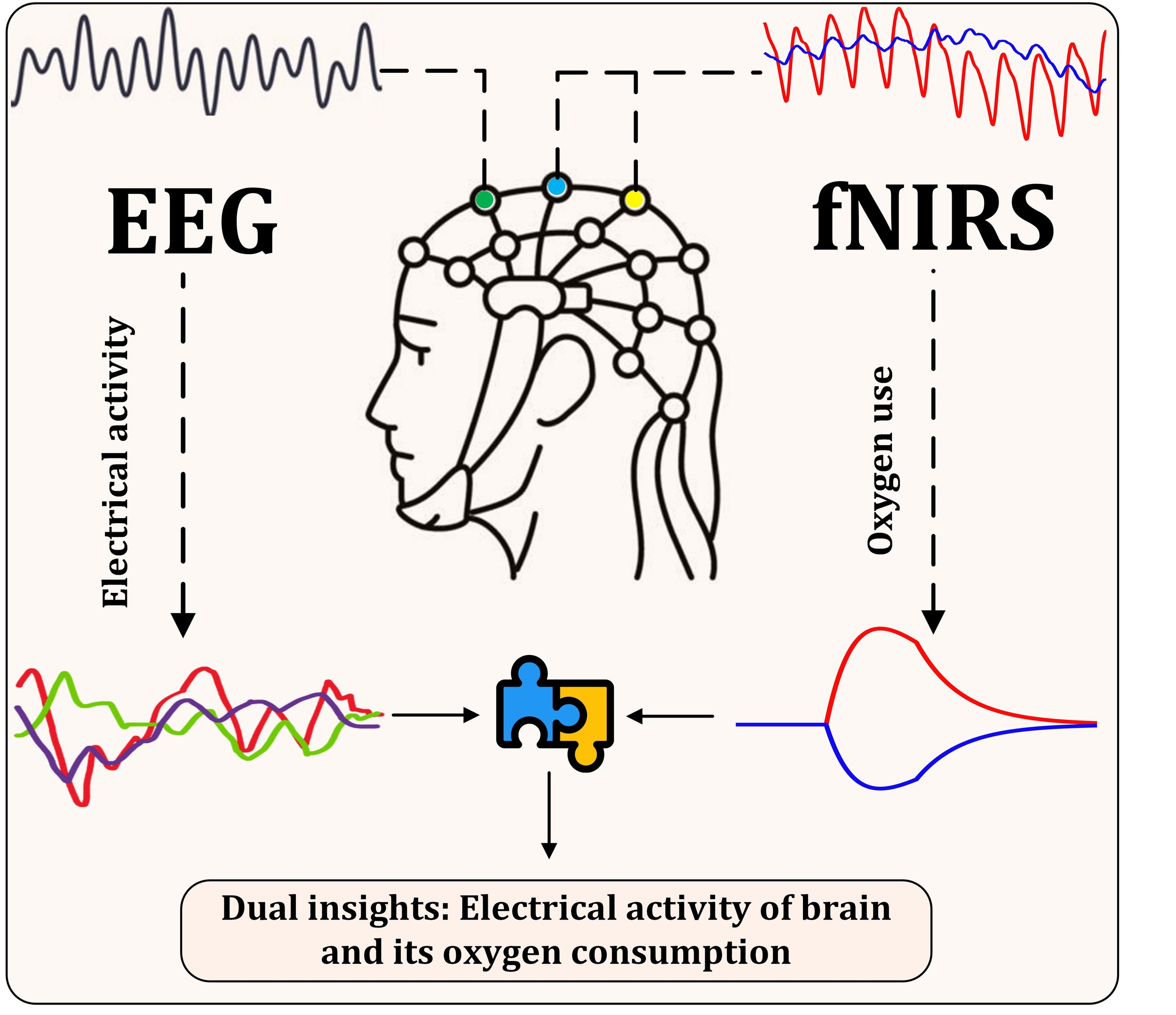
The Advantages of Combining fNIRS and EEG for Brain Monitoring
It is widely recognized that combining fNIRS and EEG can lead to a better understanding of brain activity by improving temporal and spatial resolution. However, the positive effects of simultaneously using both modalities go way beyond this advantage. In this blogpost, we highlight further benefits of applying the fNIRS-EEG combination to assess brain function in cognitive states.
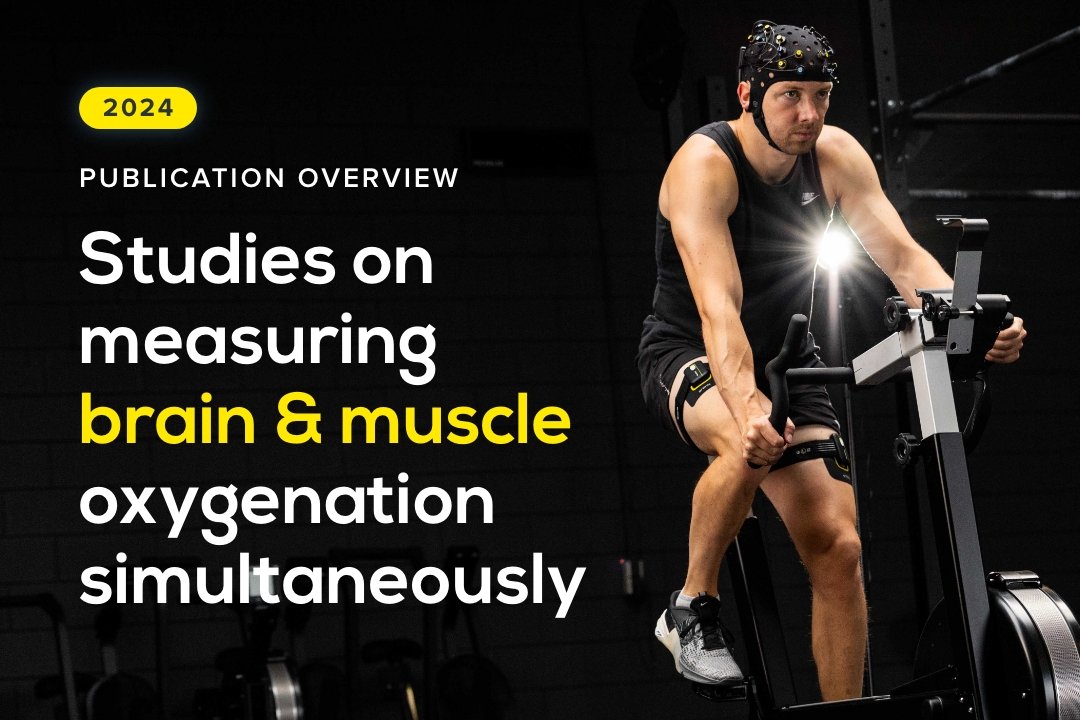
Publication overview 2024 - Studies measuring brain and muscle oxygenation simultaneously using our devices
NIRS can be used to measure brain and muscle oxygenation at the same time to get a complete picture on oxygen status in the body. We are happy that in 2024 an increased number of studies using NIRS on brain and muscle simultaneously in various application fields was released. Read this blogpost to learn more about application areas of NIRS to assess cerebral and muscular oxygenation, and highlighted publications of last year per category.
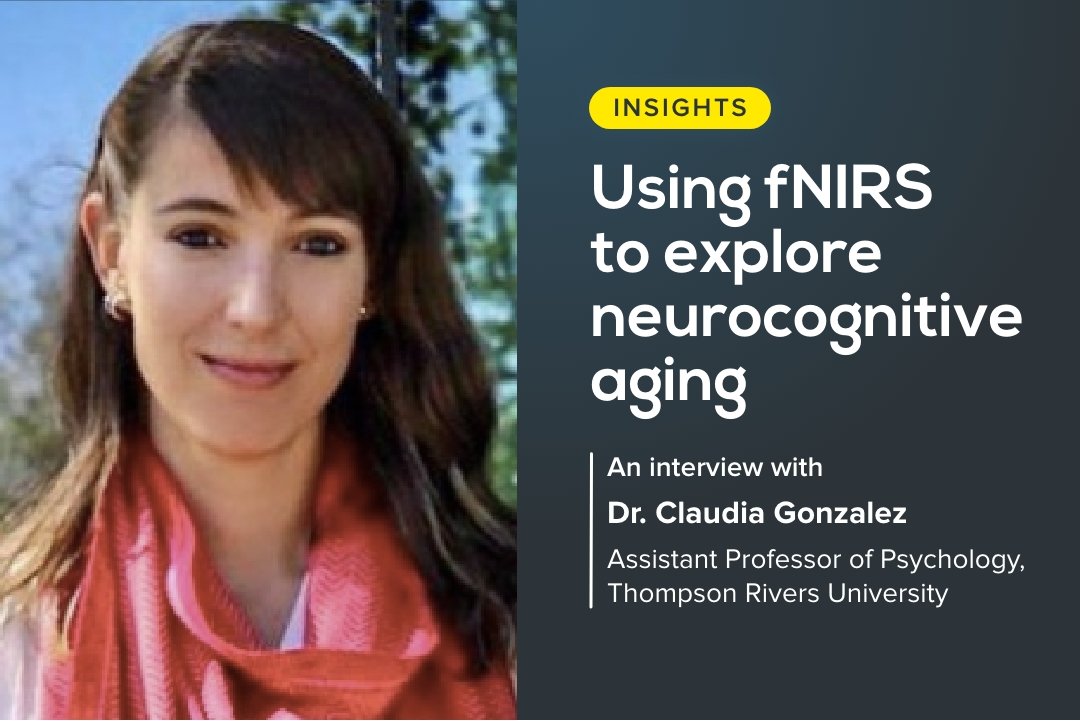
Using fNIRS to explore neurocognitive aging: An interview with Dr. Claudia Gonzalez
Neurocognitive aging explores how aging affects cognitive functions like memory, attention, and problem-solving, which vary widely across individuals. Dr. Claudia Gonzalez, PI of the ABC Lab, leads research focused on understanding the neural and cognitive changes in aging adults. In this interview, Dr. Gonzalez shares her insights and discusses how fNIRS plays a role in advancing our understanding of how aging influences brain function and behavior.
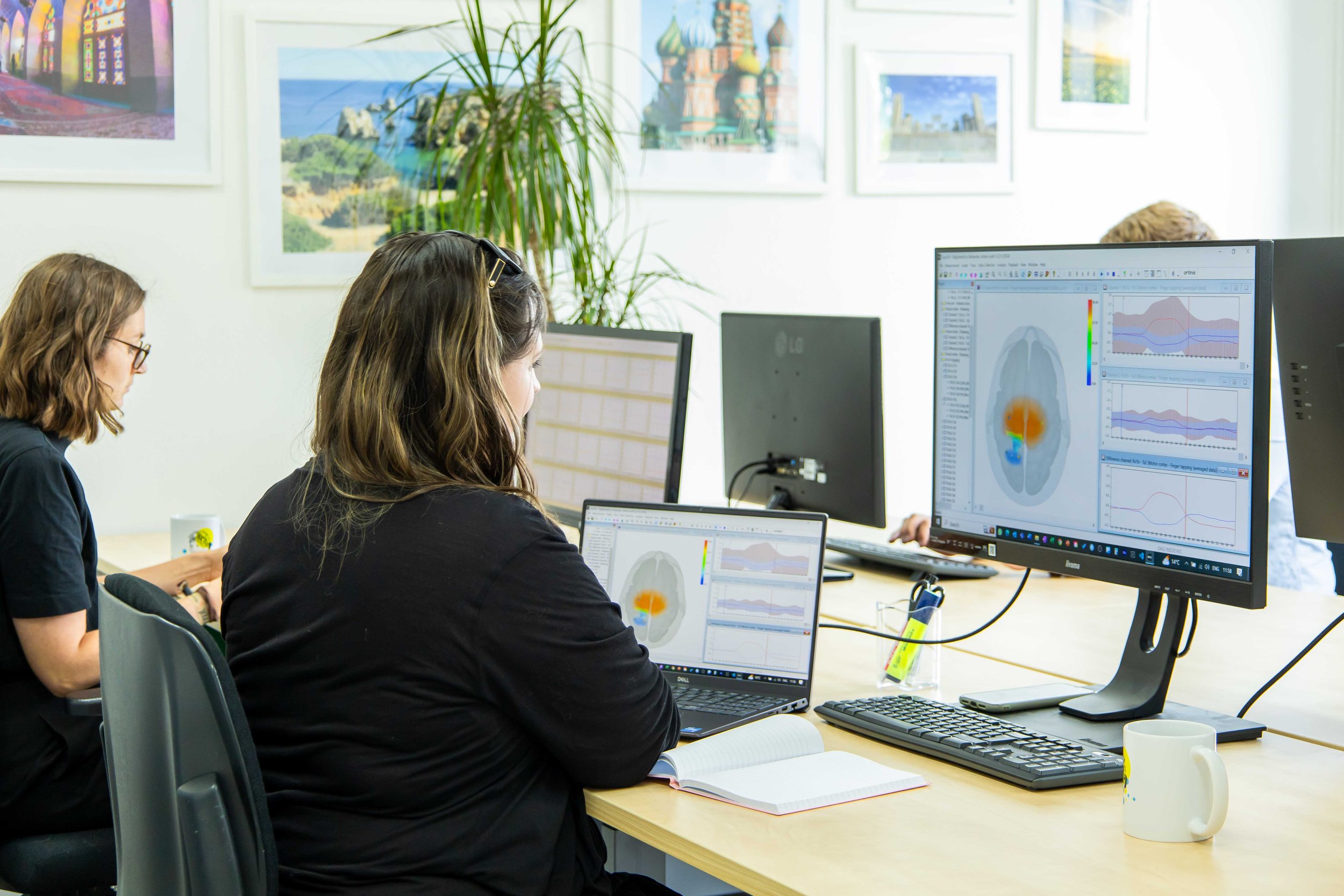
Multimodal fNIRS-EEG measurements — Analysis approaches
When it comes to deciding on an appropriate data analysis approach in multimodal fNIRS-EEG measurements, the soundest consideration factors ultimately depend on the research question at hand. Therefore, the analysis steps may vary from one study to another. Nonetheless, they can broadly be classified into two strategies: parallel data analysis and informed data analysis.
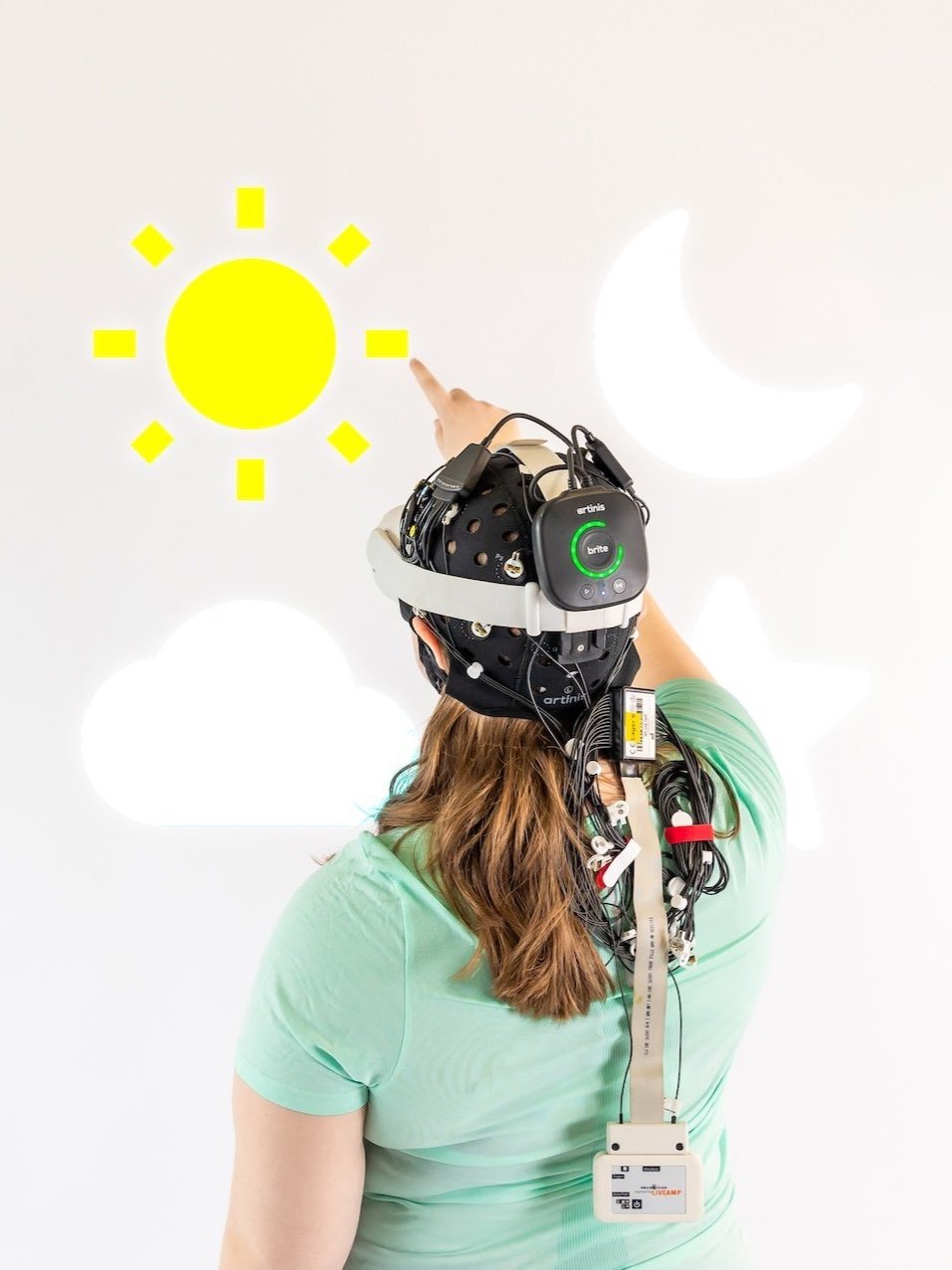
Multimodal fNIRS-EEG measurements — Experimental Design
Finding a suitable experimental design when performing multimodal fNIRS-EEG measurements is an important step in every study. Read this blogpost to learn more about commonly used experimental designs and how those can be adopted in multimodal research.
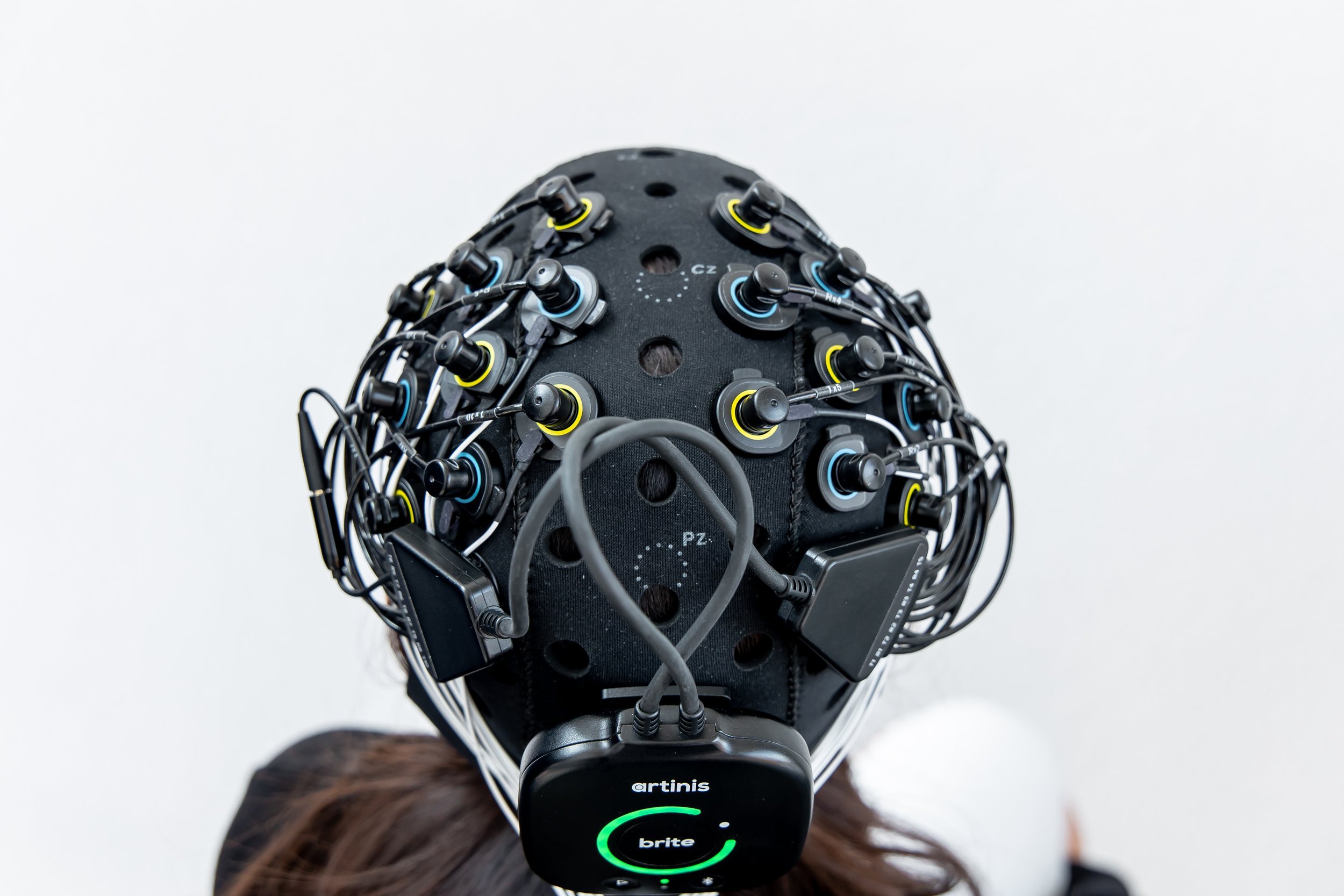
Multimodal fNIRS-EEG measurements — Integration on the head
When simultaneously measuring fNIRS and EEG, placement of both devices should ideally ensure proper coverage of the desired measurement location, minimize interference and take into account (technical) characteristics and basic of both techniques. Read this blog post to learn more about relevance of these points and further recommendations for integrating fNIRS and EEG on one head.
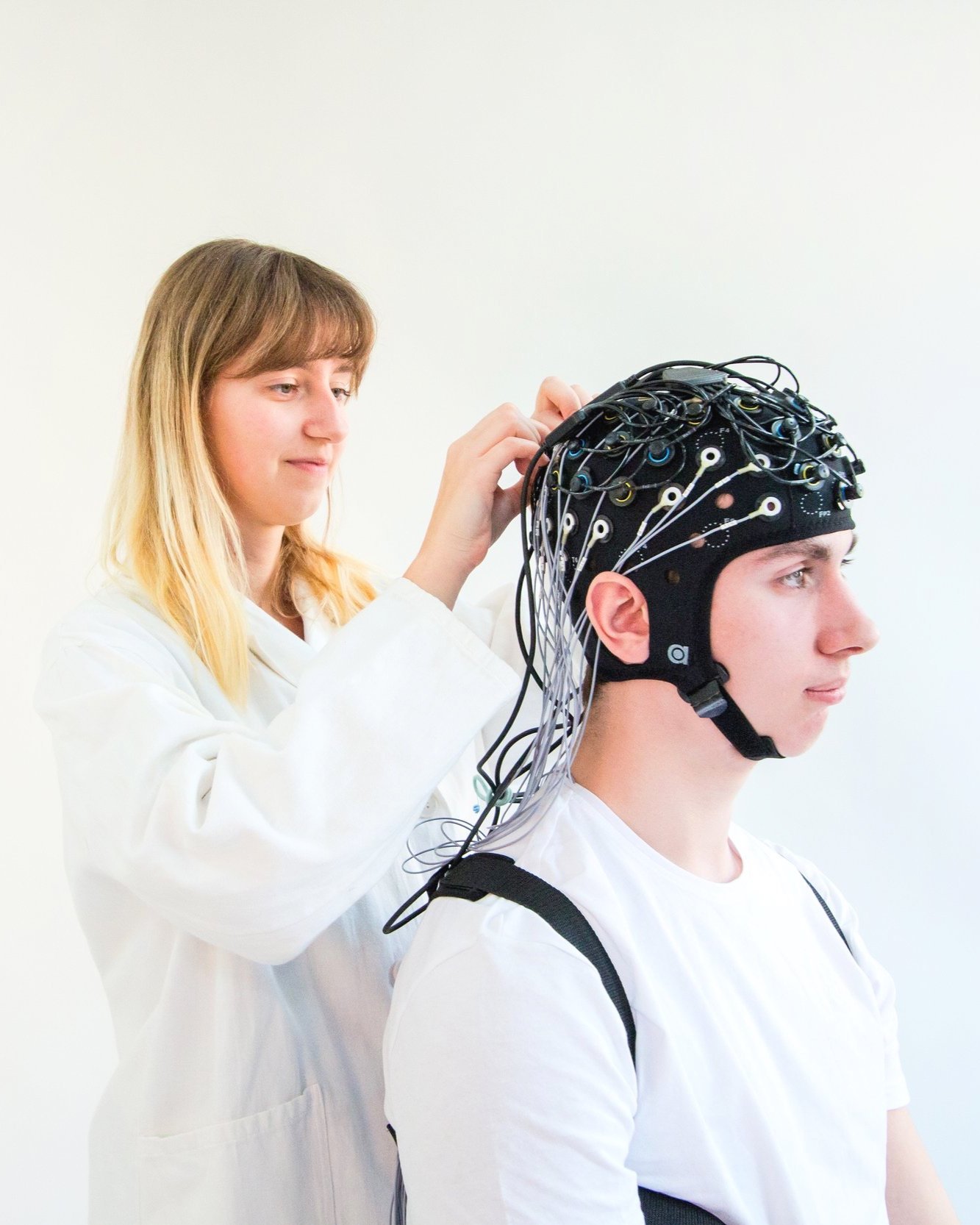
Multimodal fNIRS-EEG measurements — Staying in sync
In this second blog post, we discuss synchronization in multimodality. When using fNIRS and EEG simultaneously, synchronization of both data streams is crucial to achieve temporal correspondence between both signals. Read this post to learn more about how to get to the ideal synchronization solution for you, which can depend on different factors, such as device specifications, software capabilities and experimental setup.
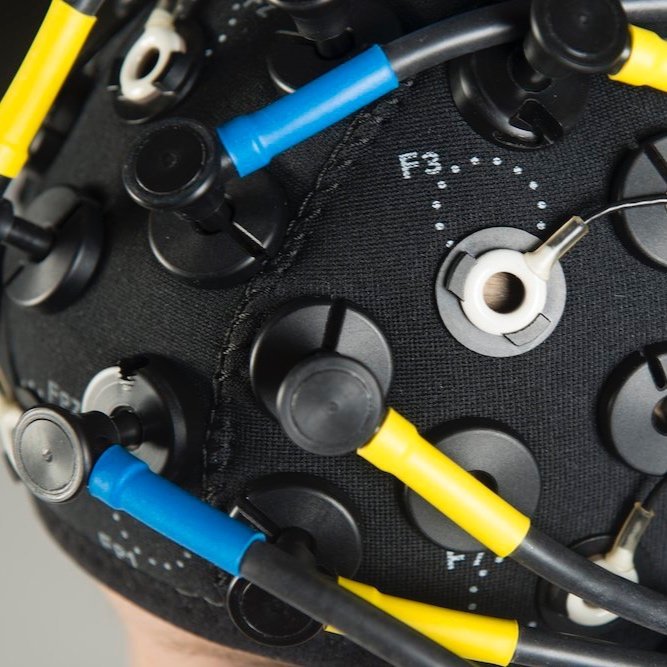
Introduction to multimodal fNIRS — EEG measurements
In this blog post, we give an introduction to multimodality and explain the hallmarks, advantages, and challenges of combining fNIRS and EEG to measure brain activity. This is the first part of a blog post series on multimodality fNIRS-EEG measurements.
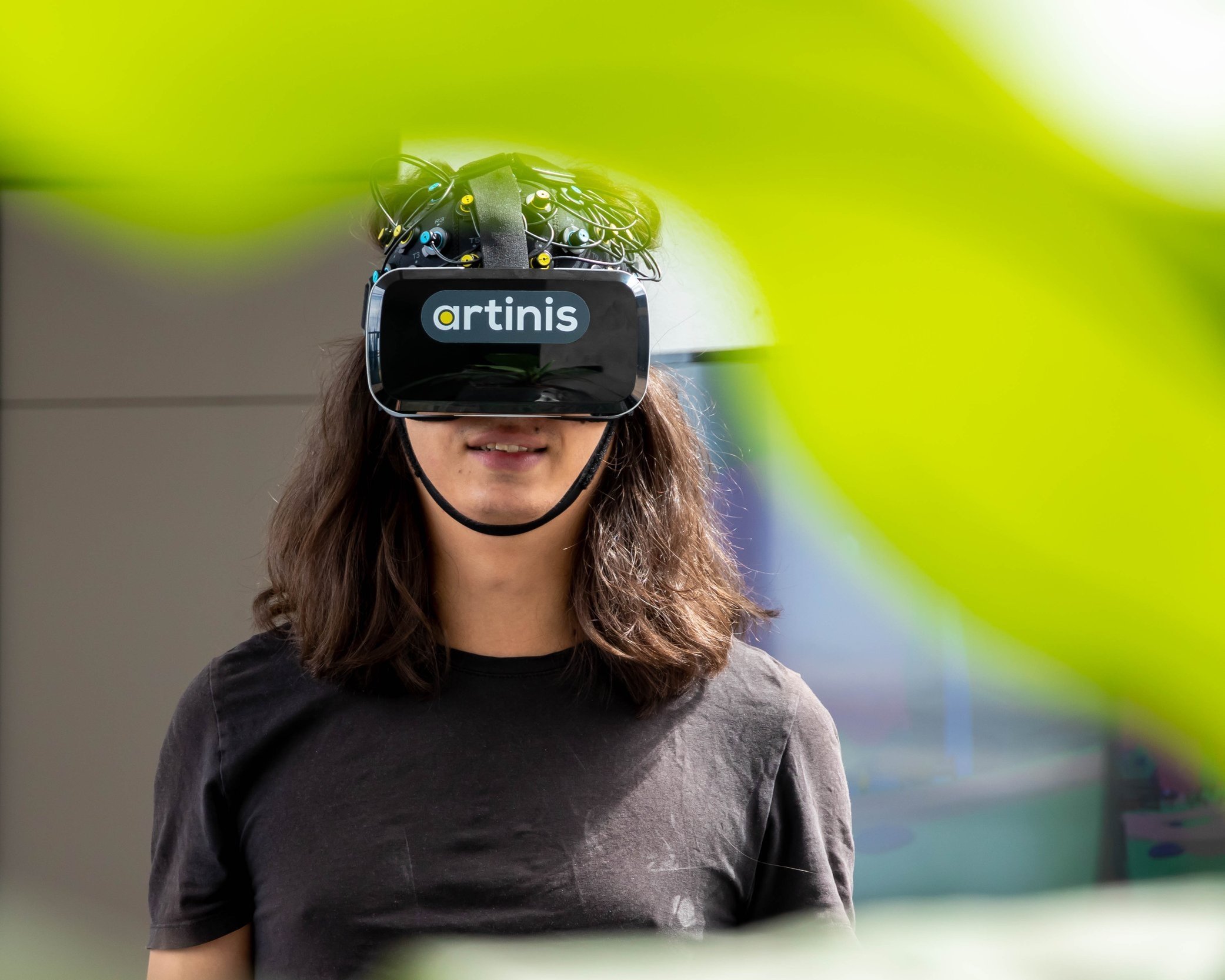
Combining Virtual Reality and wearable fNIRS
The application of Virtual Reality (VR) is becoming increasingly important in clinical and psychological research, for instance in exposure therapy or neurorehabilitation. fNIRS can be used to monitor brain activity during application of VR. We tested simultaneous use of VR and fNIRS with our new device, the Brite Frontal. Read in this blogpost, how this went and which advantages using fNIRS during VR application can demonstrate.
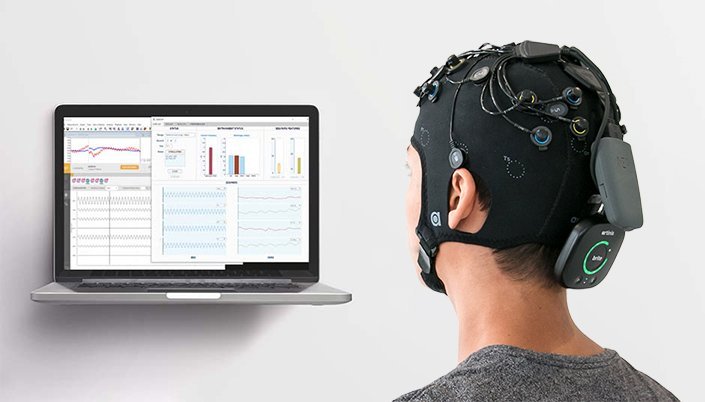
The Starstim fNIRS - Combining tES brain stimulation and EEG + fNIRS neuroimaging in one headcap
Starstim fNIRS is the most adaptable solution to combine tES brain stimulation with EEG and fNIRS neuroimaging in one single wireless and wearable system – and what makes it the most versatile solution for researchers and clinicians in many application areas. The possibility to combine tES with multiple neuroimaging modalities in one device facilitates altering human behavior and acquiring a more complete picture of the brain. It further increases application possibilities and reduces set-up and measurement time.
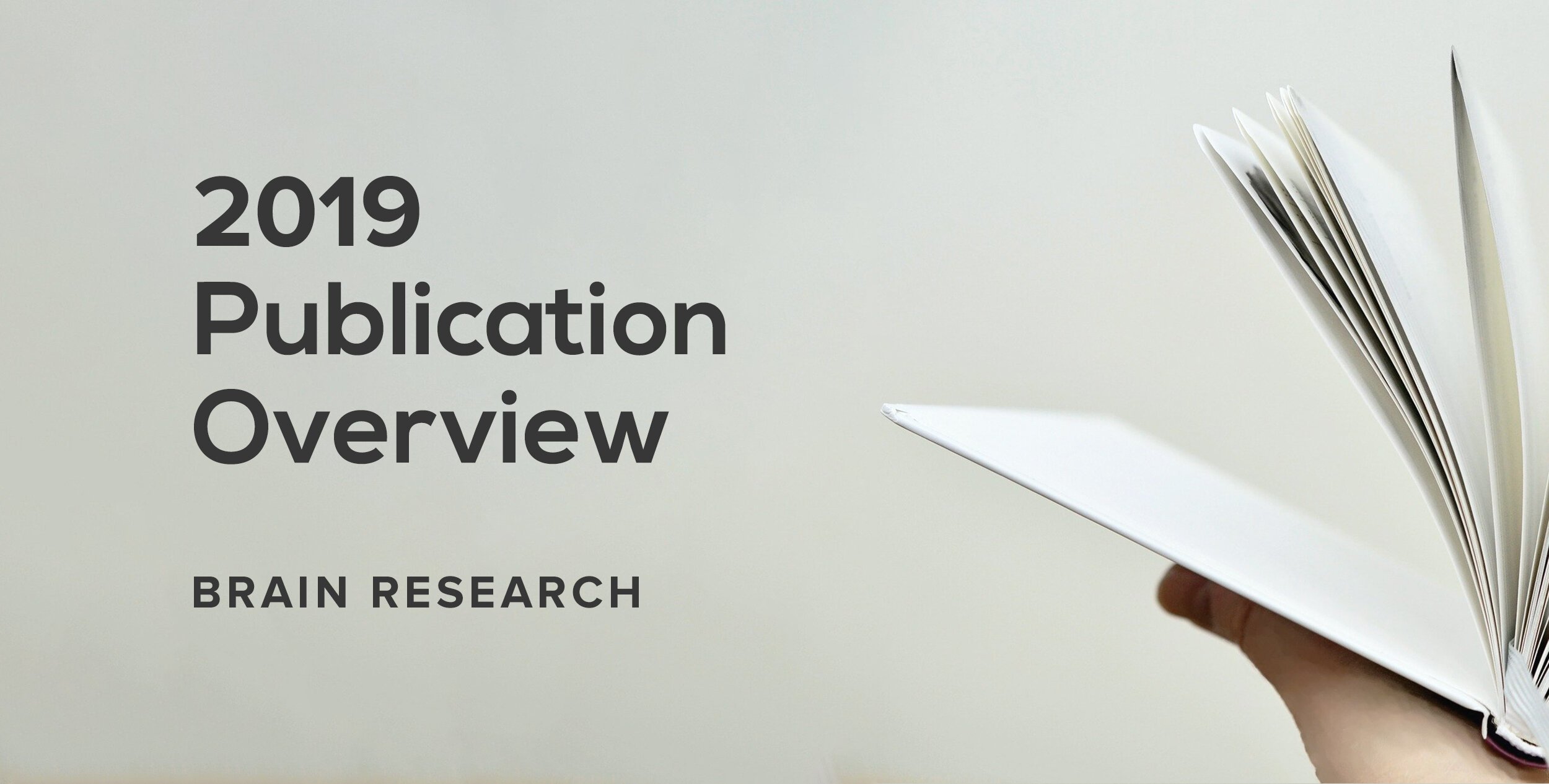
Artinis Literature Overview 2019 - Brain research
We are very proud to see our equipment used in a wide range of scientific research and continue to be inspired by the bright scientists who are our customers. Perhaps the biggest takeaway from all the publications last year is the fact that NIRS is no longer navel-gazing as a research field on its own, but it has reached out and found a new audience as a versatile research application that, even more than fMRI, is being used in more and more parallel fields. Here, we highlight some of the noteworthy elements of 2019’s publications.
